More Than a Century of African American Firefighters in Omaha
Introduction
Text-to-speech Audio
Images
The Fire department motorized in 1916 and 1917. Source: Great Plains Black History Museum
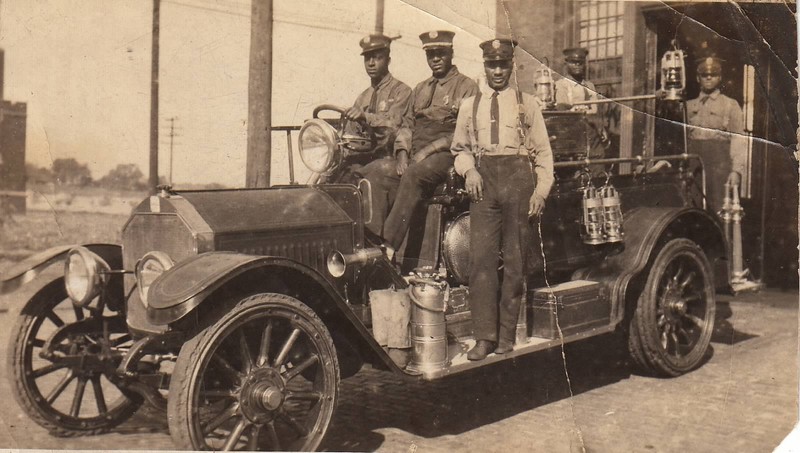
Source: Great Plains Black History Museum
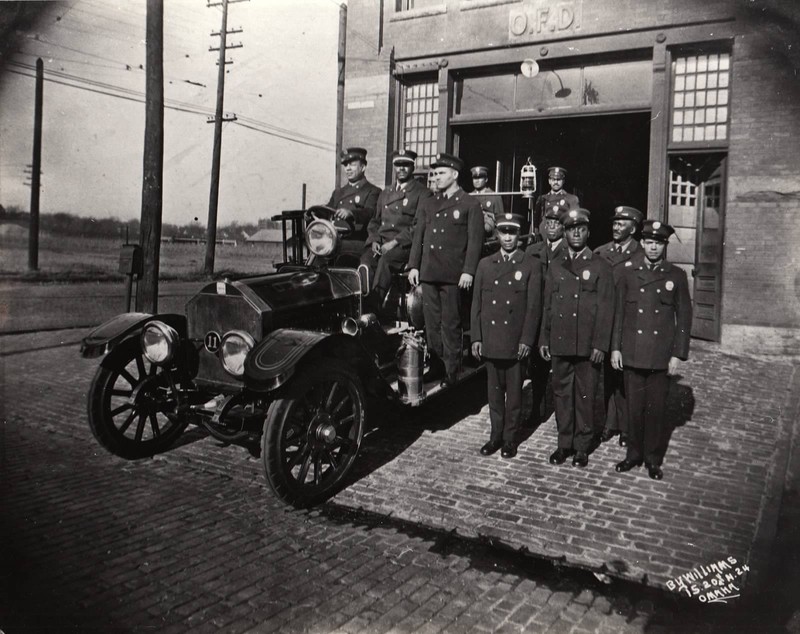
Source: Great Plains Black History Museum
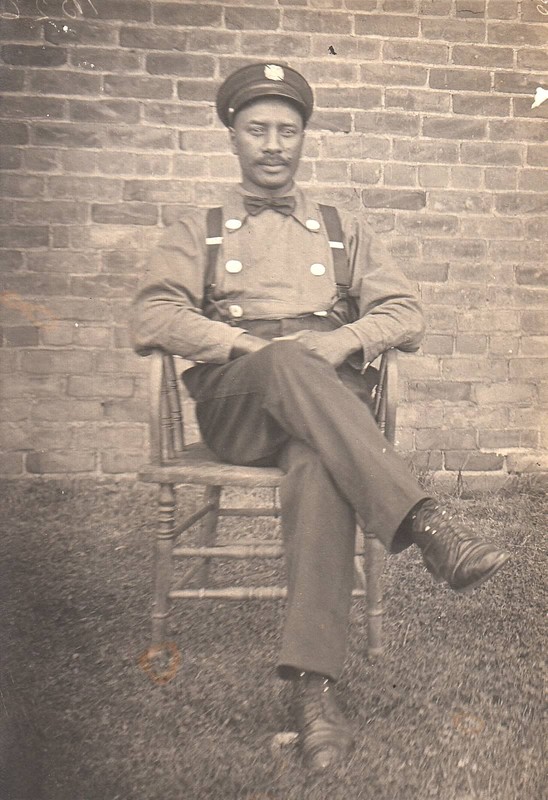
The first five Black firefighters in Omaha. Source: Great Plains Black History Museum
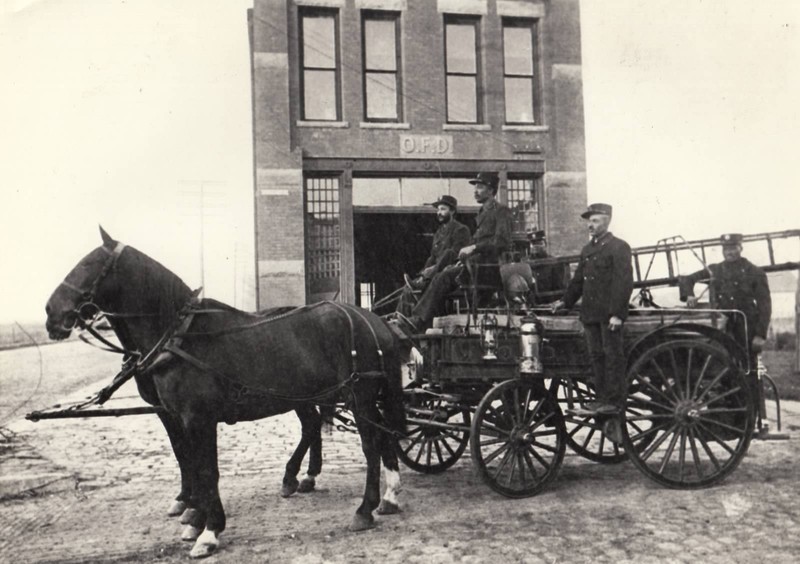
Source: Great Plains Black History Museum
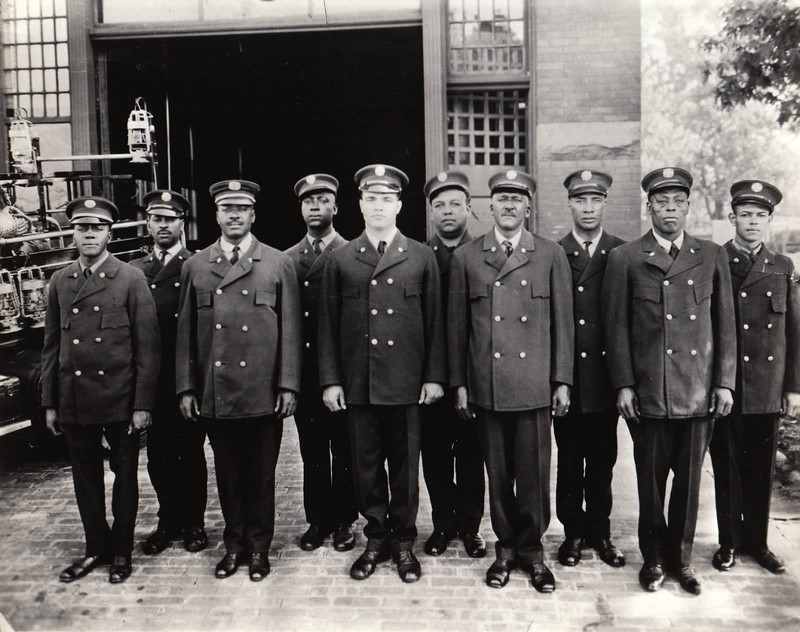
Source: Great Plains Black History Museum
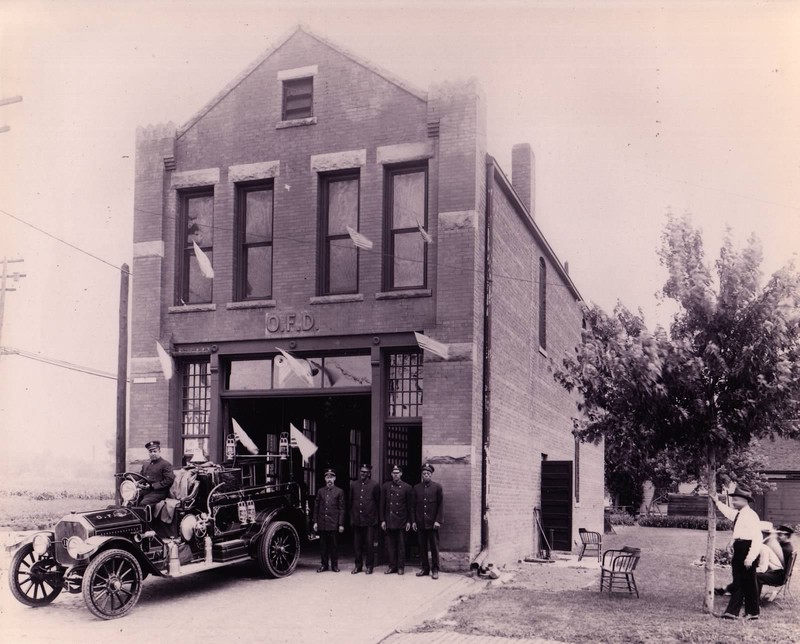
This was taken in 1954. Pictured from left to right are: Frank Stearns, Walter Agee, Cappell Curtis, Eli McClinton, Dick Greer, and Paul Arduna. Source: Great Plains Black History Museum
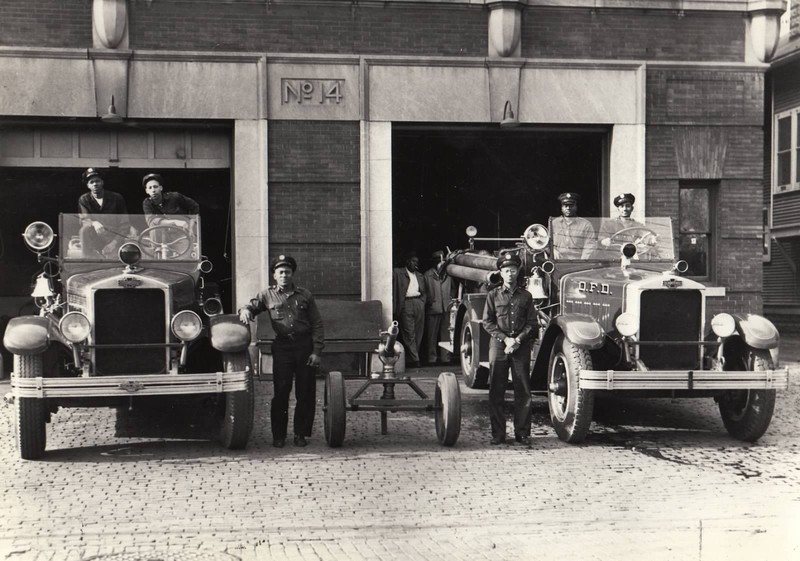
Backstory and Context
Text-to-speech Audio
Omaha has a long and proud tradition of Black firefighters breaking barriers. In 1895, a prominent politician, Dr. Mathew Oliver Ricketts, requested the first five Black firefighters to be hired by the city of Omaha. This was a segregated unit, Hose Company 11. New Black firefighters were only hired if another Black firefighter had died or retired. The need for Black firefighters was significant because there were not enough firefighters in Omaha and no fire stations located in Black communities. The white firefighters would not go into the Black neighborhoods such as the Near North Side. The Black firefighters that came onto the job were assigned to the Black neighborhoods. The Black firefighters could not fight the fire from the inside of a house or building if the owner was white.
It was also difficult for Black firefighters to be promoted. This started to change in 1951 due to the use of a Civil Service exam for eligibility among applicants. Some challenges to being promoted continued through the desegregation of the Omaha Fire Department.
The Omaha Fire Department was desegregated in 1957. During that year, Black firefighters from the only remaining Black station, Engine Station 14, were moved to other fire stations across the city, while white firefighters who had volunteered moved into Station 14. When desegregation happened, though, a number of white firefighters still did not accept Black firefighters as equals. Black firefighters were often not allowed to eat with white firefighters, sleep in the same beds, or do fire inspections on white property. These things slowly changed over time.
In 1987, the Omaha Fire Department hired the first class of female firefighters, including the first Black female firefighter Linda Brown. One big challenge that female firefighters faced was that there were not women’s locker rooms or rest rooms at the stations. The men and women had to share restrooms for a number of years, which caused some controversy. Also, many male firefighters thought that women were too weak to take on the job and often did not take their female peers seriously.
Today, the number of African American firefighters in Omaha remains small, but the tradition of Black firefighters is proud.
